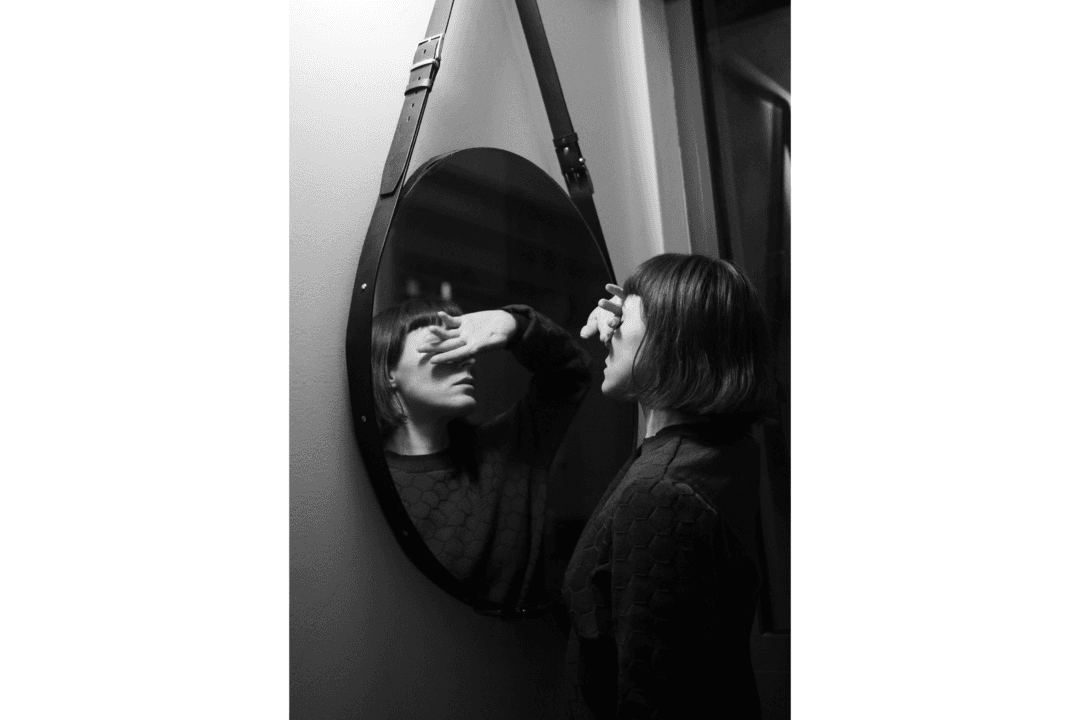Put simply, a sonnet is a 14-line poem. I'll take you through a simple guide that can lead to a basic sonnet in 10 minutes at the easy level and to one that demonstrates literary mastery at the difficult level.
Level 1, Easy: A Sonnet in 10 Minutes
Poetry, at its best, is about those great lofty and universal themes like beauty, the meaning of life, and compassion for our fellow human beings. But it can also be humorous, unimportant, or topical. The genius of poetry is partially in the ability to convey a lot in a few words and make those few words catchy and attractive to your audience.
To write a quick sonnet, we need something specific to focus on: a person, a painting, a book, a character, an event, a place, a relationship between two things, and so on. Can’t find a topic? Just look for a picture or poster you like. Here is one of my favorite paintings: “Sunrise on the Bay of Fundy” by William Bradford (1823–1892).
Now, whatever your topic is, imagine it is real. You are in front of it or in it. What are you feeling? Use your five senses and a sprinkle of imagination. Compare what you are thinking of to something (“the water was clear like crystal”; “the water was crystal”; or better yet, “the crystalline water”). You can also repeat words and phrases for emphasis (”What a beautiful morning … What a gorgeous sea …").
Let the writing begin. Try to limit yourself to lines that are not more than 13 or 14 words, and try to mostly end your sentences or thoughts where a line ends. It doesn’t have to be one line per thought; you could have a thought that is four lines, for example, but try to wrap it up by the end of that line, not in the middle of it. Capitalization of the first letter of each line and standard punctuation are optional.
Here we go:
On William Bradford’s
‘Sunrise on the Bay of Fundy’
The waves are bumpy and the wind blows hard,
But the sunrise is so beautiful to look at,
I could sit and look at it forever;
I feel like a new day is beginning and everything is going
To be okay, especially because there is
This guy there for me to talk to.
Why do people, like me, like to look at the water so much;
Why not just look at the land all the time?
There is something special about the water.
Maybe it’s the clear horizon line, like a desert.
It makes you feel big and opened up to the sky.
Openness makes you feel cleansed,
Pure, like the garbage can’s been emptied,
And powerful, like you could go anywhere.
Done! You have written a sonnet in free verse. Check the timer.
Level 2, Medium: Rhyme-y Poetry
Many people will say that poetry isn’t poetry if it doesn’t rhyme. Traditionally speaking, this is generally true of short poems like sonnets. Sonnet, after all, means “little song” in Italian, and song lyrics, you might have noticed, usually rhyme.
If you aren’t naturally good at rhyming, there are plenty of sources of rhyme words at your local library or online. There are entire rhyming dictionaries. If you can’t find a rhyme for your word, the tactic is usually to swap your original word with a different one that has the same meaning. For this, I recommend a thesaurus, similarly found at your local library or online. Or, you might even rewrite the first line and first rhyme entirely in order to achieve the second line and/or rhyme you want. The rhyming poet must be flexible and agile.
Partial rhymes can also work. For example, the notoriously difficult-to-rhyme word “orange” can be half rhymed with forage, storage, grange, strange, angel, and so on. You can also use alliterative rhymes that focus on the beginning of the word. For orange, you might use oratory, orangutan, ordinary, or Orion.
Here’s an orange poem quickly composed for you:
The Orange Poem
I listened to the oratory
On the topic of the color orange;
At first I thought it ordinary,
Someone said “red and yellow make orange,”
But then it got a bit more strange:
He said, “A one-hundred-color range
Forms the continuum of orange.”
Ready to rhyme? Let’s return to the first two lines of our example poem on Bradford’s painting. After a little shifting and head scratching, we get this:
The waves are bumpy and the hard wind blows
But the beauty of the sunrise shows
Continue doing this for each line and you have a rhyming sonnet that looks more traditional than a free verse sonnet.
Evan Mantyk is president of the Society of Classical Poets (ClassicalPoets.org). He teaches literature and history in upstate New York. You may send your comments, feedback, and, of course, poetry to [email protected]






